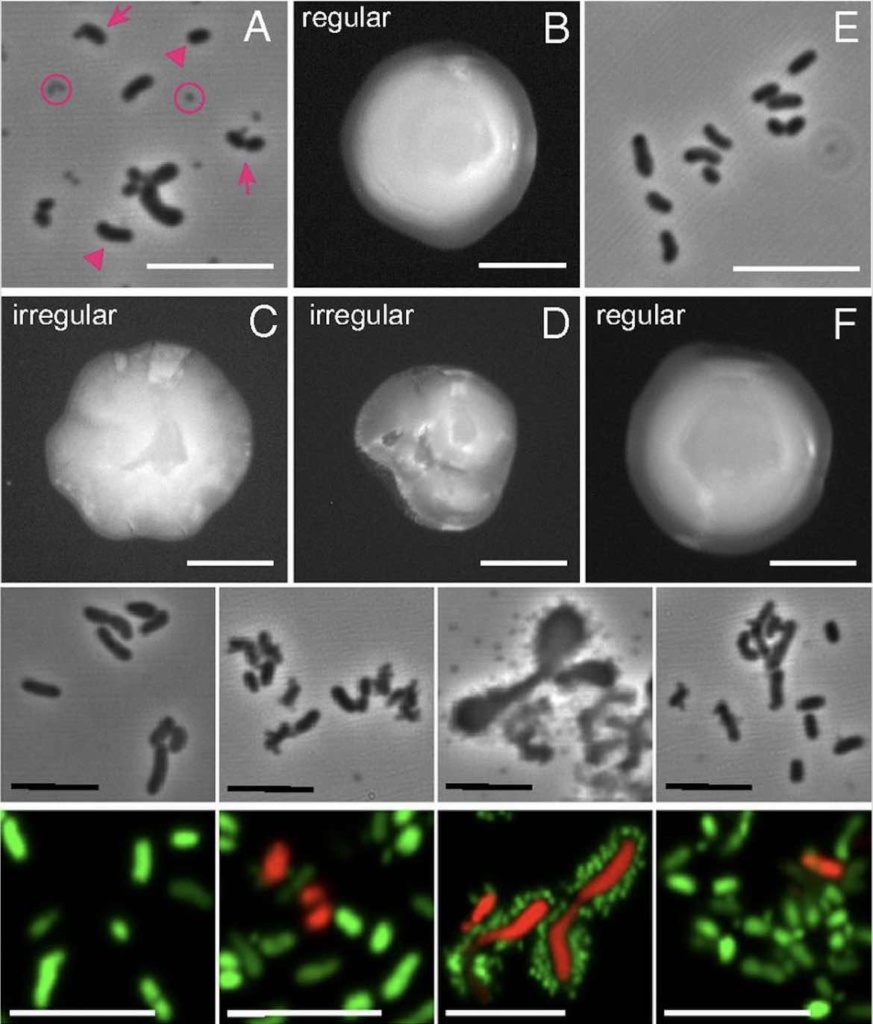12/4/2018
Two University of Washington researchers and their colleagues have helped take a significant step forward in the study of especially tiny bacteria that may be linked to gum disease.

Dr. Jeffrey McLean
Dr. Jeffrey McLean and Dr. Thao (Jenny) To of the UW School of Dentistry and their cohorts at the Forsyth Institute in Cambridge, Mass., have been studying a group of microbes known as TM7, which is considered microbial “dark matter.” This term alludes to the extreme difficulty such bacteria have posed to researchers trying to cultivate them in the lab. Dr. McLean is Associate Professor of Periodontics at the UW and Dr. To is a senior postdoctoral fellow in his lab.
TM7 is found in a number of environments, including the mouth, and may play a role in gum disease, scientists believe. In 2015, Dr. Xuesong He of Forsyth and Dr. McLean co-wrote and published a paper telling how they had cultured TM7 for the first time in a test tube and sequenced the complete genome. They discovered that it is an ultra-small bacterial parasite with a tiny genome that lives and feeds on other bacteria, which makes it difficult to isolate and examine. This was considered a major step toward understanding the human oral microbiome, or the collection of bacteria that live in the mouth.

Now, in a paper published recently in the journal Proceedings of the National Academy of Sciences, Dr. Batbileg Bor, a senior postdoctoral fellow in microbiology at Forsyth, said that he and the team have been able to isolate TM7 bacteria from their host and count them individually, and then add the bacteria back to their host cultures.
This has allowed the researchers to see not only how TM7 infects and parasitizes its hosts, but also to uncover the mechanism TM7 uses to establish a long-term parasitic relationship with those hosts. The finding may also explain why TM7 bacteria persist for so long in the human mouth.
The system the researchers developed could be used to study other types of ultra-small bacteria, as well, Dr. He said. TM7 is still relatively new to scientists, and it took Dr. Bor nearly three years to develop the new method of studying it.
“We are continuing to learn about how this TM7 species and other ultra-small bacteria like them are able to survive and find other cells to live on, since they are in found in every human body and increase in number within certain oral diseases,” Dr. McLean said.
Other collaborators on the study included Drs. Wenyuan Shi, Floyd E. Dewhirst, and Lujia Cen from the Forsyth Institute, and Kevin R. Foster from the University of Oxford.